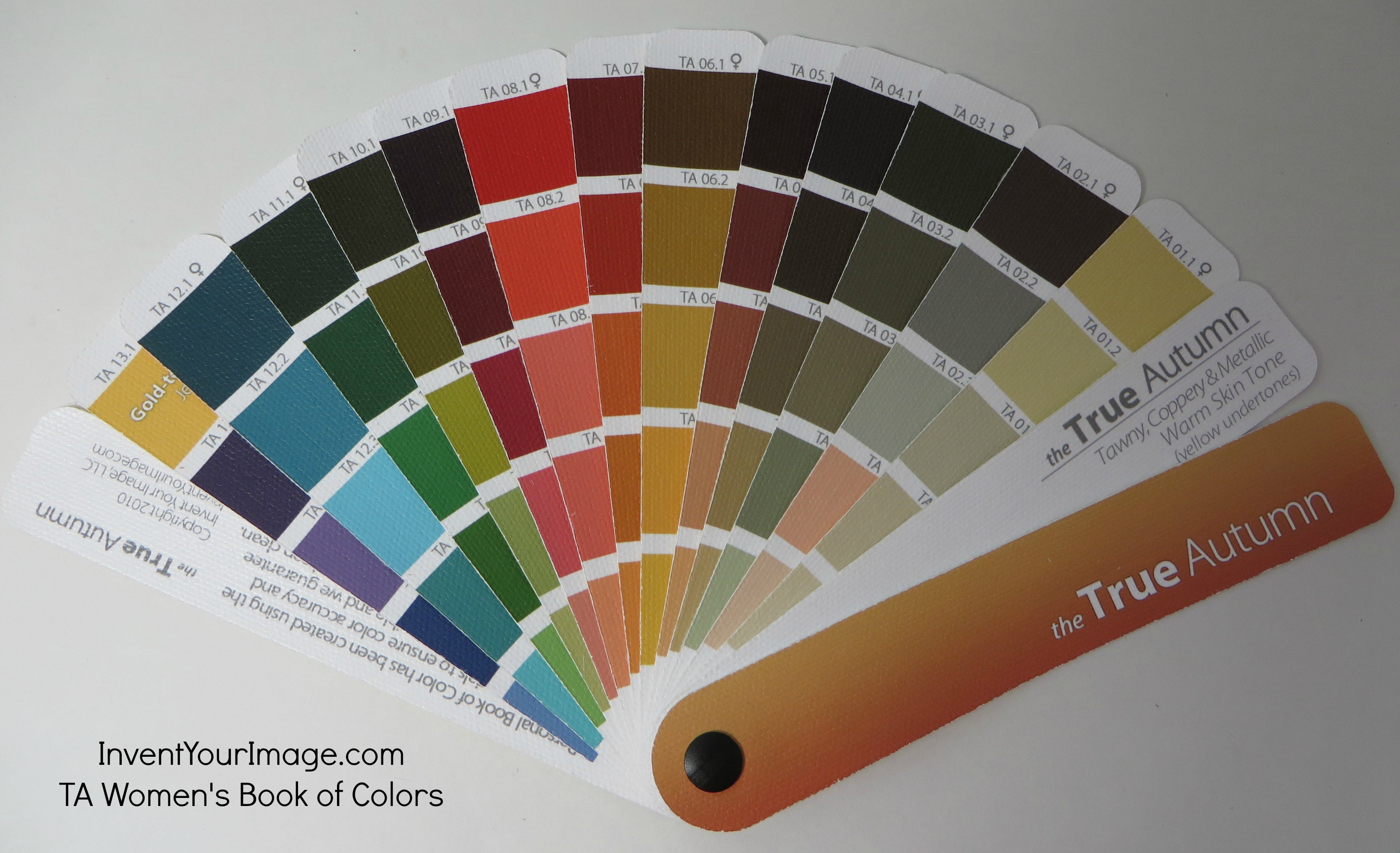

True Summer’s natural appearance blends rather than contrasts. Those are the combinations that reflect the contrast level that is naturally present in your appearance.

But certain combinations will look much better than others. Technically, you can combine any of the colours on the True Summer palette with each other. If you lean more towards Soft Summer, choose the brighter colours on the Soft Summer palette – such as Marlin, Storm Blue and Wild Rose. If you lean more towards Light Summer, opt for the darker and less bright colours on the Light Summer palette – such as Open Air, Aster Purple and Sea Green. Depending on where you fall on the True Summer spectrum, you can borrow some colours from your sister palettes since they are close enough to the True Summer colour palette. And while True Summer neutrals are getting greyer, the complementary and accent colours on the palette retain some brightness.Īs sister palettes, Light Summer and Soft Summer both share True Summer’s characteristics of cool and muted, respectively. True Summer colours are not as desaturated as Soft Summer colours. But True Summer colours are lighter and gentler.Ĭompared to Light Summer, the colours are cooler, more muted and slightly darker.Ĭompared to Soft Summer, the colours are somewhat brighter, cooler and slightly lighter. With its opposite season True Winter, the colour palette shares the same cool temperature. True Summer sits between Light Summer and Soft Summer on the seasonal flow chart. They are dusky and greyish rather than saturated and bright. The colours are medium in chroma and overall lean more towards the muted end of the scale. This is because True Summer cannot handle too much contrast. Overall, though, more colours are medium or lighter rather than truly dark. The colour palette ranges from light grey to dark brown and is so quite broad. Instead, you will find lots of blues, turquoises and greys, which are naturally cool. There are very few yellow shades on the palette, and even those have a heavy tint of blue to cool them. That means they contain blue undertones but no yellow ones. Gray bark develops distinctive diamond-shaped ridging on mature trees.In line with True Summer’s primary colour aspect, the colours sit on the coolest end of the hue scale. Inconspicuous green flowers appear in spring. Each oval to oblong-lanceolate leaflet (2-4” long) is dark green. Foliage consists of odd-pinnate compound leaves with 7 leaflets (less frequently 5 or 9).

As the cultivar name suggests, it is particularly noted for its excellent, long-lasting, reddish-purple to deep mahogany-purple fall color. ‘Autumn Purple’ is a broad-conical male clone that typically grows 45-60’ tall. Specific epithet means of North or South America. Genus name is the classical Latin name for ash trees. White ash is the wood used for Louisville Slugger baseball bats. Its wood is commercially used for a variety of products including tool handles, oars, garden furniture and sports equipment. Gray bark develops distinctive diamond-shaped ridging on mature trees. Foliage turns yellow with purple shading in fall.

Oval to oblong-lanceolate leaflets (3-5” long) are dark green above and whitish green below. Features odd-pinnate compound leaves with 7 leaflets (less frequently 5 or 9). Fertilized female flowers give way to drooping clusters of winged samaras (to 2” long) that ripen in fall and may persist on the tree throughout winter. Clusters of apetalous purplish male and female flowers appear on separate trees in April-May before the late-to-emerge foliage. White ash is primarily dioecious (separate male and female trees). Young trees are pyramidal in shape, gradually maturing to a more rounded crown. This is the largest of the native ashes, typically growing 60-80’ tall. In Missouri, it typically occurs in dry and rocky upland woods, glades and moist low woods along streams, bluffs and slopes throughout the state (Steyermark). Fraxinus americana, commonly called white ash, is native to eastern North America.


 0 kommentar(er)
0 kommentar(er)
